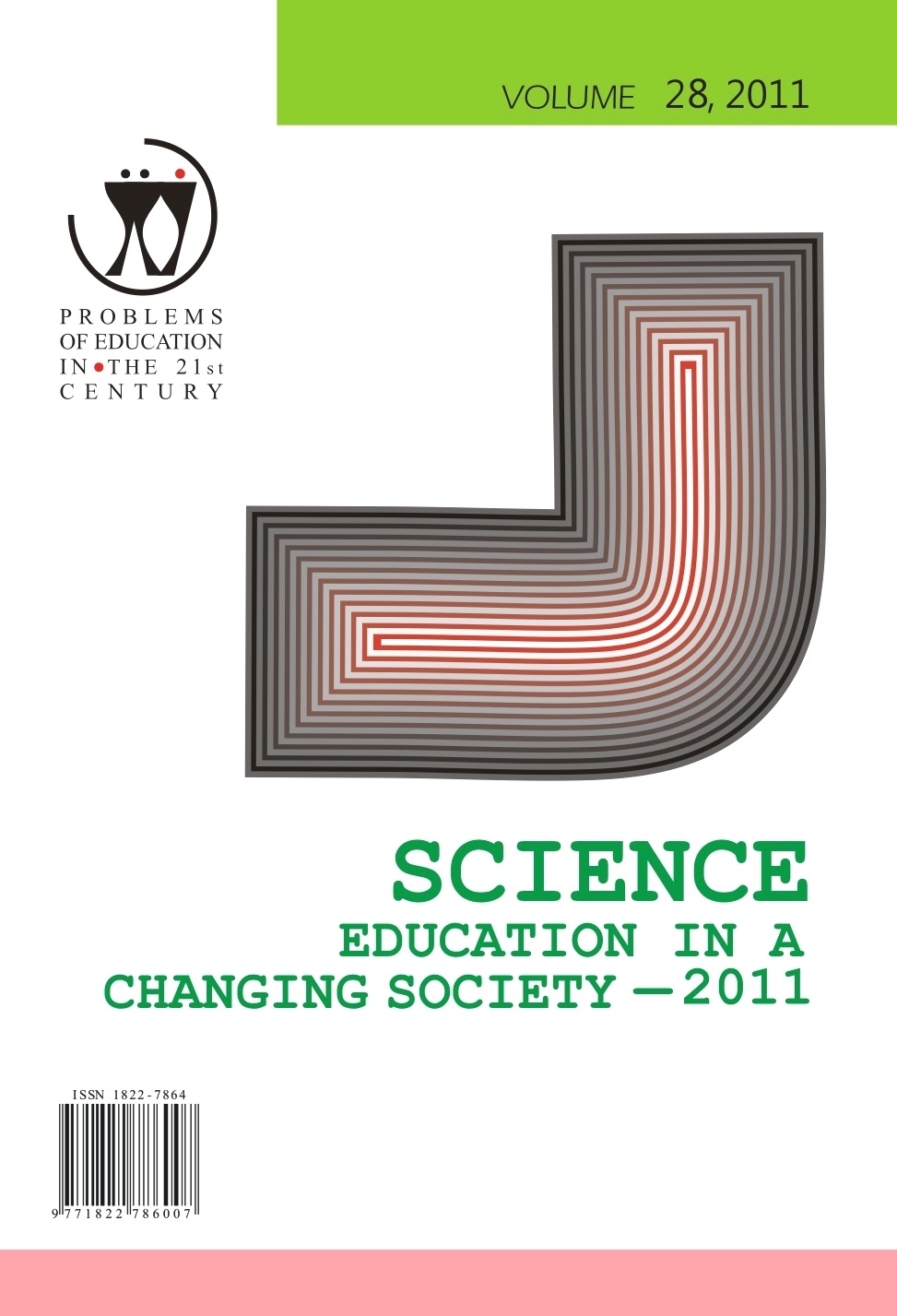INSTANT LEARNING ON DEMAND AND COMMUNITIES
INSTANT LEARNING ON DEMAND AND COMMUNITIES
Author(s): Ileana HamburgSubject(s): Education, Media studies, Distance learning / e-learning
Published by: Scientia Socialis, UAB
Keywords: communities; eLearning; instant learning on demand; social media; Web 2.0;
Summary/Abstract: In order to cope with many requirements and changes of the labor market, beside a good organized labor market policy, flexibility and fast improving measures in the education programs are necessary. They should also include instant learning on demand by using eLearning, and new IT media embedded into work processes, responding to requirements of work/career situations as well as employees interests and supporting collaboration, knowledge sharing and performance support. Within vocational and continuing education, training on demand should be a good alternative for new staff or some categories of staff like IT professionals being asked to do new work or more work in less time, keeping up with progressing technologies. IT professionals are frequently interrupted during their training with emergency calls to be solved and are often overworked. Communities, where individuals share a domain of interest and knowledge about which they communicate and learn via formal or informal methods in order to solve problems are proper environments for instant learning on demand. Instant learning in communities means the acquisition of knowledge and skills as fast as they are taught or demonstrated to the communities participants – instantly.In this paper, first examples of fields and activities which could be supported by instant learning on demand based on eLearning and Web 2.0 are presented. Communities oriented to instant learning on demand and examples of projects aimed also at building communities and strategies for instant learning on demand for small and middle sized enterprises (SMEs) are given. Some conclusions are also presented.
Journal: Problems of Education in the 21st Century
- Issue Year: 28/2011
- Issue No: 1
- Page Range: 33-41
- Page Count: 9
- Language: English

